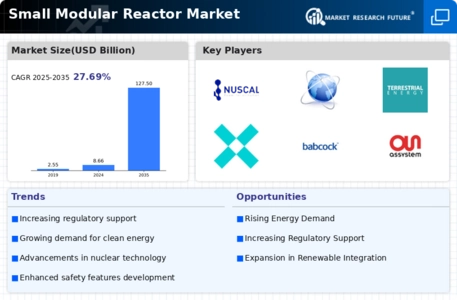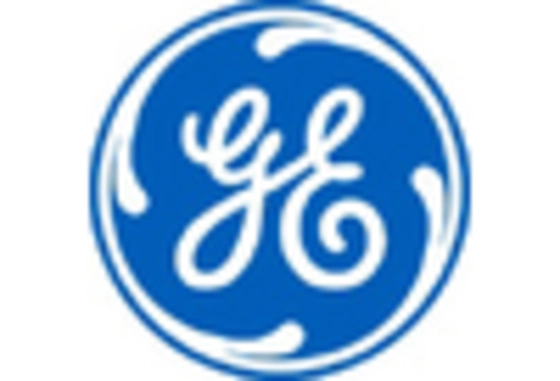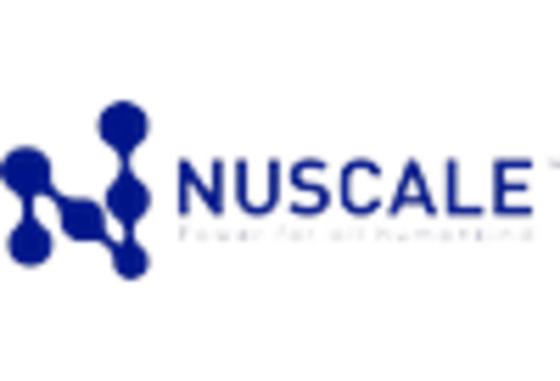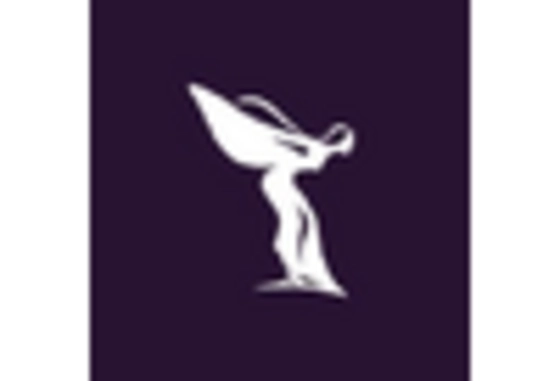Rising Energy Demand
The increasing The Small Modular Reactor Industry. As populations grow and economies expand, the need for reliable and sustainable energy sources intensifies. According to recent estimates, energy consumption is projected to rise by approximately 30% by 2040. This surge necessitates innovative solutions, and small modular reactors, with their ability to provide scalable and efficient power, emerge as a viable option. Their modular design allows for incremental deployment, aligning with the fluctuating energy needs of various regions. Consequently, the Small Modular Reactor Market is likely to experience substantial growth as nations seek to meet their energy requirements while minimizing environmental impact.
Regulatory Frameworks
The establishment of supportive regulatory frameworks is a significant driver for the Small Modular Reactor Market. Governments are recognizing the need for clear and efficient regulations to facilitate the deployment of small modular reactors. These frameworks aim to streamline the licensing process, ensuring that safety and environmental standards are met without unnecessary delays. Countries that have implemented favorable regulatory environments are witnessing increased interest from investors and developers in small modular reactor projects. This trend indicates that as more nations adopt supportive policies, the Small Modular Reactor Market is poised for expansion, attracting both public and private sector investments.
Energy Security Concerns
Energy security remains a paramount concern for many nations, driving interest in the Small Modular Reactor Market. The geopolitical landscape and fluctuating fossil fuel prices have prompted countries to seek energy independence and diversification of their energy portfolios. Small modular reactors provide a stable and secure energy source, reducing reliance on imported fuels. Their ability to be deployed in remote locations further enhances energy security, particularly for regions with limited access to traditional energy infrastructure. As nations prioritize energy resilience, the Small Modular Reactor Market is likely to benefit from increased investments and development initiatives aimed at bolstering energy security.
Technological Innovations
Technological advancements play a crucial role in shaping the Small Modular Reactor Market. Innovations in reactor design, safety features, and operational efficiency are enhancing the attractiveness of small modular reactors. For instance, advancements in passive safety systems and advanced materials are improving the reliability and safety of these reactors. Furthermore, the integration of digital technologies, such as artificial intelligence and data analytics, is optimizing reactor operations and maintenance. As these technologies continue to evolve, they are likely to reduce costs and improve the overall performance of small modular reactors. This ongoing innovation suggests a robust growth trajectory for the Small Modular Reactor Market, as stakeholders seek to leverage cutting-edge technologies.
Decarbonization Initiatives
The Small Modular Reactor Industry. Governments and organizations are increasingly committing to reducing greenhouse gas emissions, with many aiming for net-zero targets by mid-century. Small modular reactors offer a low-carbon alternative to traditional fossil fuel-based power generation. Their ability to integrate with renewable energy sources enhances their appeal in a decarbonized energy landscape. As countries implement policies to phase out coal and other high-emission energy sources, the demand for clean energy solutions, including small modular reactors, is expected to rise. This trend indicates a promising future for the Small Modular Reactor Market as it aligns with global sustainability goals.

















